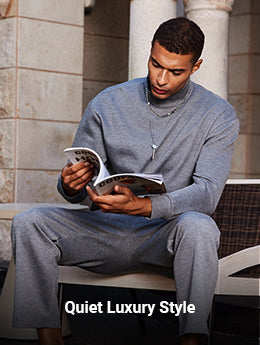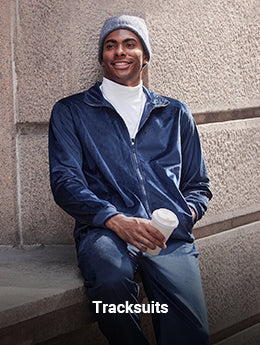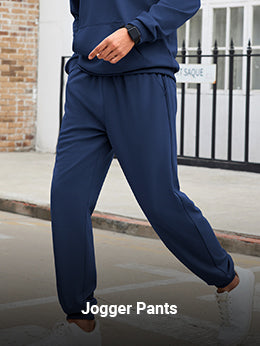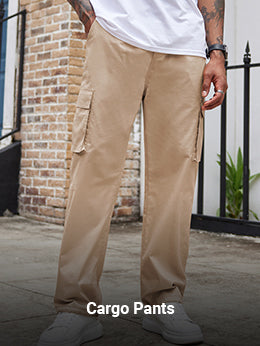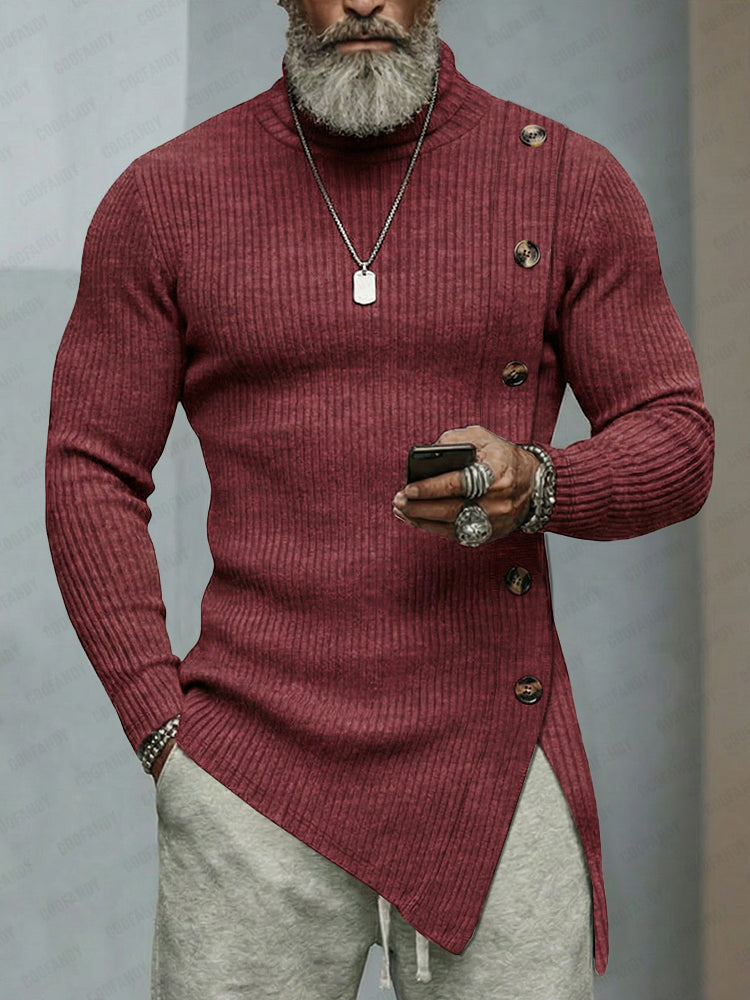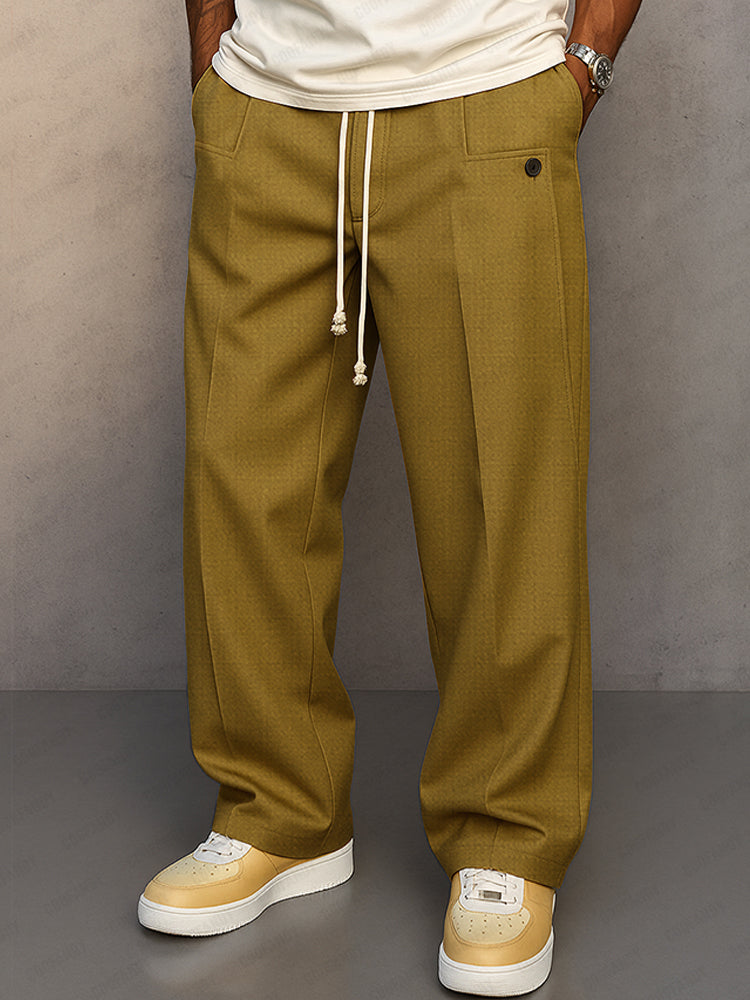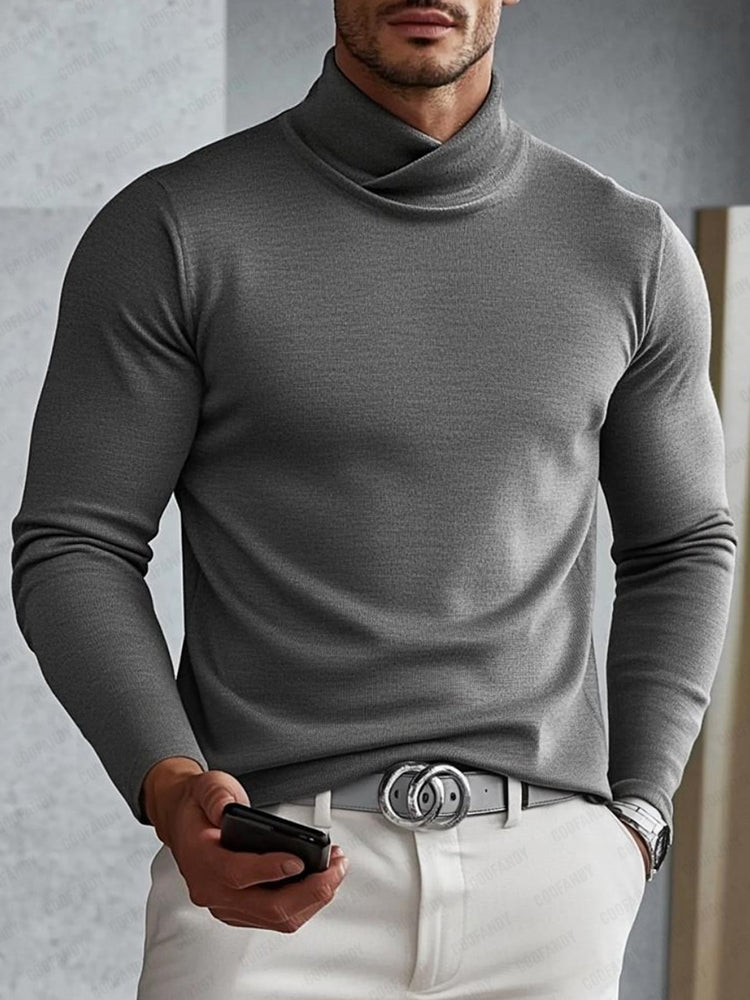How to Match Colors to Your Skin Tone in 2024

Navigation
- Simple Ways to Discover Your Skin Undertone
- Fashion Guidelines for Warm Undertones
- Dressing Cool Undertones to Impress
- Styling Tips for Neutral Undertones
- 7 Tips for Confident Color Exploration
- Conclusion
Choosing the right colors to wear can really make a difference. The shades you pick out can highlight your best features and make you feel great, or they might not do you any favors. Getting to know which colors work best with your skin's natural tone is a big step if you want to look your best. This blog is going to offer you professional tips to find out your skin tones and how to dress to enhance your overall look.
Simple Ways to Discover Your Skin Undertone
The Vein Test
Start with the veins on your wrist. If your veins look greenish, it means your skin tone is warm. Warm undertones have a golden, peachy, or yellow tint. On the other hand, if your veins seem more blue or purple, your skin bears a cool undertone, hinting at pink or bluish hues in your skin.
The Jewelry Test
Another clue comes from how certain metals look against your skin. It's all about which shimmer complements you more. If gold jewelry makes your skin glow, you're likely in the warm undertones group. Silver jewelry, meanwhile, pairs beautifully with cool undertones. So try on some different pieces and see which metal sets off a spark against your skin.
The White Paper Test
One more interesting way to know the skin tone is to grab a plain white piece of paper and hold it up to your face while looking in a mirror. Make sure you have natural light for the most accurate result. If your skin looks somewhat yellow next to the paper, you're leaning towards a warm undertone. Conversely, if your face seems pink, blue, or rosy by comparison, you're observing a cool undertone.
But what if neither test seems conclusive? You might be neutral-toned, meaning you sit somewhere in the middle and can often wear any color well.

Fashion Guidelines for Warm Undertones
Ideal Color Palette for Clothing
If you have warm undertones, colors that mimic the richness of fall-such as deep reds, earthly oranges, mustard yellows, and olive greens-will highlight the warm tones of your complexion. Got an orange blouse with rich, deep color mirroring the warmth of a golden sunset? Try pair it with some fitted olive trousers, and you've got an outfit that's not only seasonally versatile but also complements your natural coloring beautifully.
Accessory Suggestions
Accessories play a pivotal role in enhancing your outfit. A classic gold chain necklace or hoop earrings add a touch of elegance and draw out the warmth in your skin. Belts and watch straps in tan or brown leather will complement your clothing choices and enhance the earthy aesthetic. A vintage 100% cotton beret hat in the shade like a camel or rust can add a chic, artistic vibe to your look while flattering your undertone.
Colors to Avoid or Use Sparingly
Overly cool tones, such as certain bright blues or icy purples, may not harmonize with your warm undertones. Neons can be particularly jarring, as their vibrancy can overshadow the natural warmth of your skin. That doesn't mean you should avoid these colors entirely, though. They can still play a role in your wardrobe as accents. For example, a navy blue scarf or a splash of neon on a bag can create a striking contrast without overwhelming your warm undertone.

Dressing Cool Undertones to Impress
If your skin has cool undertones, you have a natural palette that can be beautifully accentuated with the right colors.
Preferred Color Palette for Clothing
- Blues: Virtually all shades of blue will be your go-to, from pale sky blues to the intensity of midnight blue. A navy blazer or a light blue button-up shirt can be both versatile and flattering.
- Greys: Silver to charcoal grey offers a neutral backdrop that allows the coolness of other colors to stand out. Grey slacks or a suit can be effortlessly paired with more vibrant cool-toned shirts or ties.
- Purples and Pinks: While some men may shy away from these, a confident use of lavender or a soft pink can really complement cool undertones. A plum sweater or a rose shirt under a dark jacket are elegant options.
- Emerald Greens: Darker greens like forest or emerald provide depth and richness to your wardrobe. Consider a sharp emerald tie or a deep green casual jacket.
Accessory Choices
For accessorizing, silver is your ally. Whether it's a watch, cufflinks, or a belt buckle, silver accents will tie in seamlessly with your cool-toned wardrobe. For a subtle nod to luxury, incorporate accessories that feature stones like sapphires or black onyx. Ties, scarves, and pocket squares are also your opportunity to inject a bit of personality into your ensemble. Go for those with cool patterns or hues to maintain that harmonious look.

Less Flattering Colors for Cool Undertones
Now, while warm and bright colors like oranges and yellows might be a bit tricky, they're not off-limits. They just require a deft hand - perhaps in small doses or as part of a larger pattern where they don't dominate the scene. For instance, a patterned sock or a subtle stripe in a tie is a good try. Earthy tones like warm browns and olives are typically best avoided as major components near the face but could work in lower-body apparel or accessories such as belts and shoes.
Styling Tips for Neutral Undertones
If you're among the lucky few with neutral undertones, most colors will suit you well, giving you great versatility in your fashion choices.
Color Suggestions for a Balanced Look
- Classic White and Black: These two are staples in any wardrobe and work exceptionally well for neutral undertones since they won't clash with your skin tone. In this summer, why not combine a simple white crew-neck tee with black chinos for a smart-casual look?
- Jewel Tones: Emerald green, sapphire blue, and amethyst purple add a touch of luxury and depth to your look and can be particularly striking for more formal attire. Say if you need to attent a cocktail party, choose a sapphire blue blazer to wear over a black button-up shirt, no tie needed. Match this with black dress pants and shiny black shoes - a sleek, modern look perfect for evening events.
- Soft Neutrals: Cream, beige, and taupe are ideal for a subtle, understated look that still resonates with sophistication. A nicely fitted cream polo shirt paired with beige chino shorts and taupe suede loafers creates a light, breezy ensemble ideal for warmer weather.
Universal Accessory Options
As for accessories, you're in a position to experiment with a wide range of options. Mixing metals is no issue - feel free to combine a silver watch with gold-rimmed glasses or cufflinks. It's a modern approach that reflects a nuanced style. In terms of bags and shoes, you have many choices. Earth tones are incredibly versatile - a leather satchel in a caramel hue or oxford shoes in a sandy shade can anchor your outfit.
Embracing All Hues with Caution
While it's true that most colors will suit you, paying attention to the intensity and saturation of those colors. Very bright, neon hues can sometimes be overwhelming and may not always translate well into a sophisticated look.

7 Tips for Confident Color Exploration
Start Small
Begin by incorporating new colors with small items or accessories. A tie, pocket square, belt, watch strap, or socks in an unfamiliar hue can introduce you to how the color plays against your skin tone and with the rest of your outfit without overwhelming you.
Go Gradual
Gradually work up from smaller pieces to larger garments. If a color seems to work well in your accessories, try a shirt or a pair of pants next. This way, you can build confidence in wearing the color before moving on to statement pieces like jackets or suits.
Use Neutral Anchors
Pair new colors with neutral tones already in your wardrobe. Neutrals like black, white, grey, navy, and beige can help ground an unfamiliar color and make it less intimidating to wear.
Seek Inspiration
Look at fashion blogs, magazines, or social media for inspiration. See how others incorporate similar colors and take note of combinations that appeal to you.
Test in Good Lighting
When trying on new colors, do so in natural light if possible. Store lighting can be deceptive, and trying clothes on in daylight can give you a better idea of what works for you.
Balance with Solids and Patterns
If you're unsure about a solid garment in a bright or unusual color, try a pattern that includes it instead. The pattern can help to mute the color slightly and make it feel more accessible.
Experiment with Layers
Layering can also help ease you into wearing new colors. Wear a brightly colored T-shirt under a cardigan or jacket, so the color pops out subtly.

Conclusion
Matching colors to your skin tone isn't just about following rules; it's about discovering what makes you feel most vibrant and expressing your unique self through fashion. This guide is a starting point, encouraging you to experiment and find the colors that speak to you and your personal aesthetic. With each choice, you'll learn more about what best showcases your natural beauty and enhances your confidence.
Read More
- Cotton Linen Clothing vs. Other Fabrics: Why Cotton Linen is the Best – COOFANDY
- Beat the Heat with Cotton Linen Pants: The Ultimate Summer Men's Wardrobe Staple– COOFANDY
- How to Incorporate Cotton Linen Clothing into A Man's Work Wardrobe– COOFANDY
- Coofandy Prime Day Sale - 20% Off 2 Items! Exclusive for Subscribers!– COOFANDY
- COOFANDY Men's Clothing: A Stylish Season Review by Meninfluencer– COOFANDY
